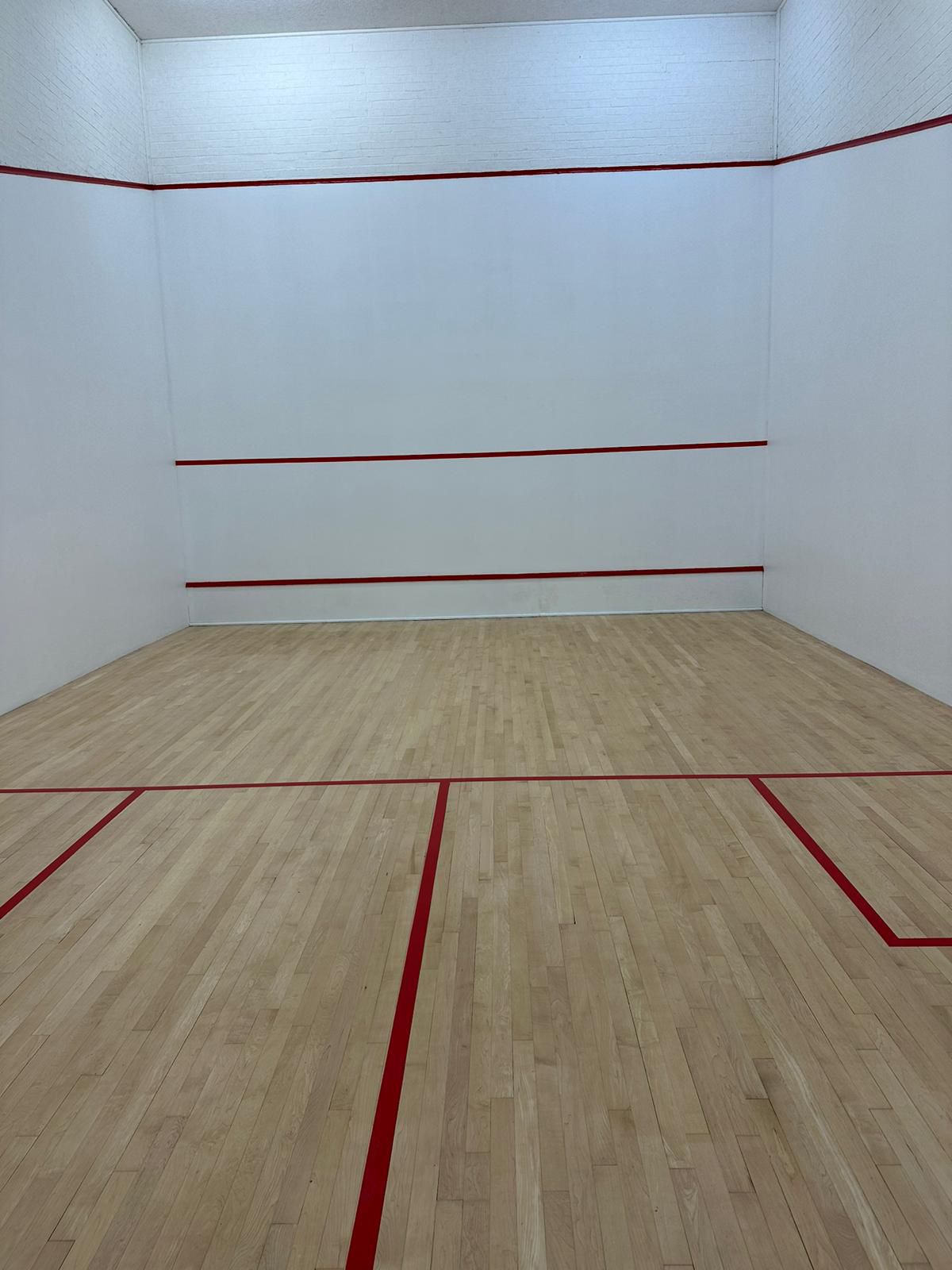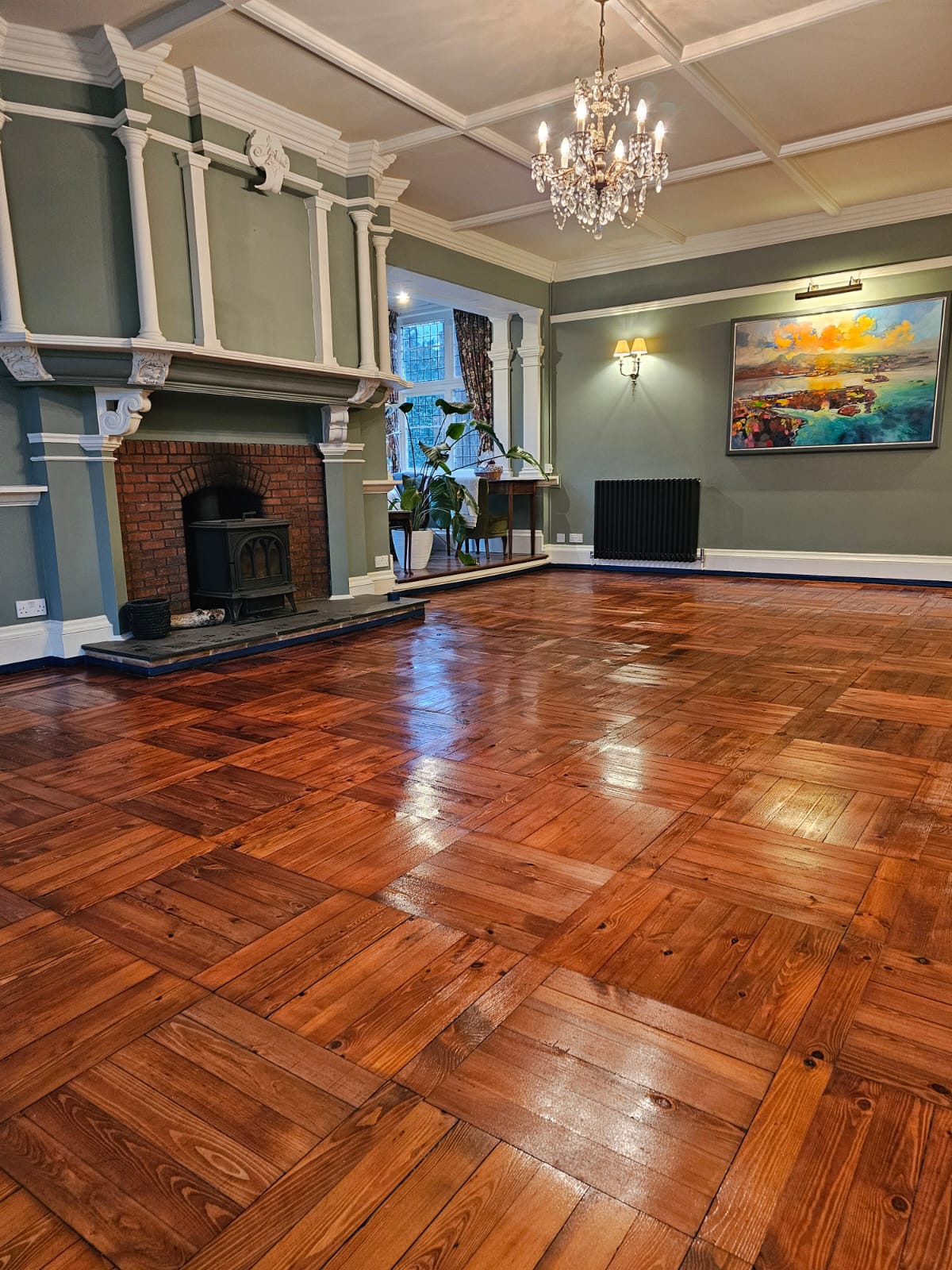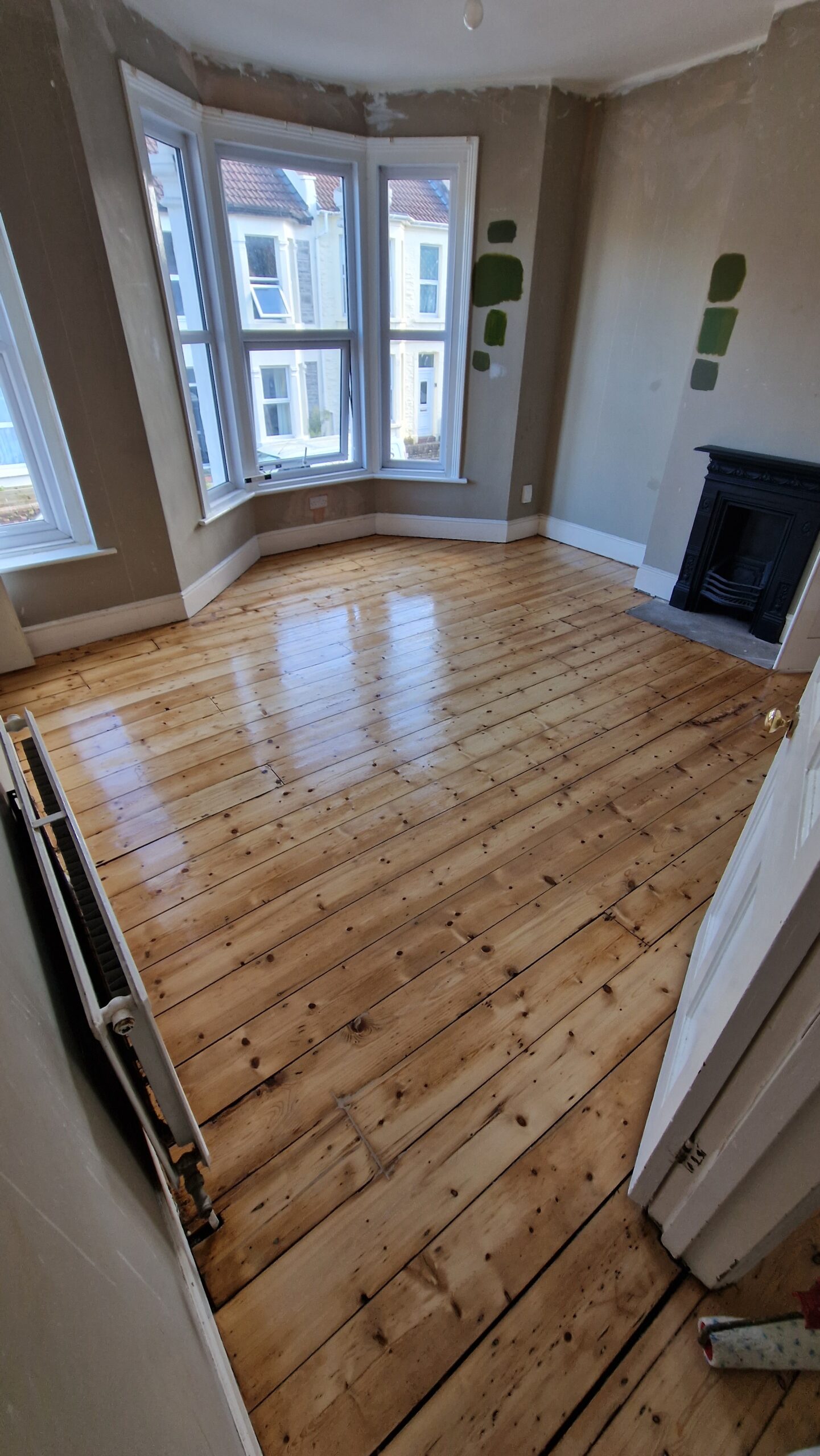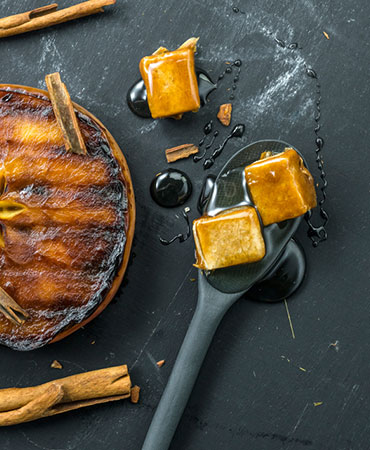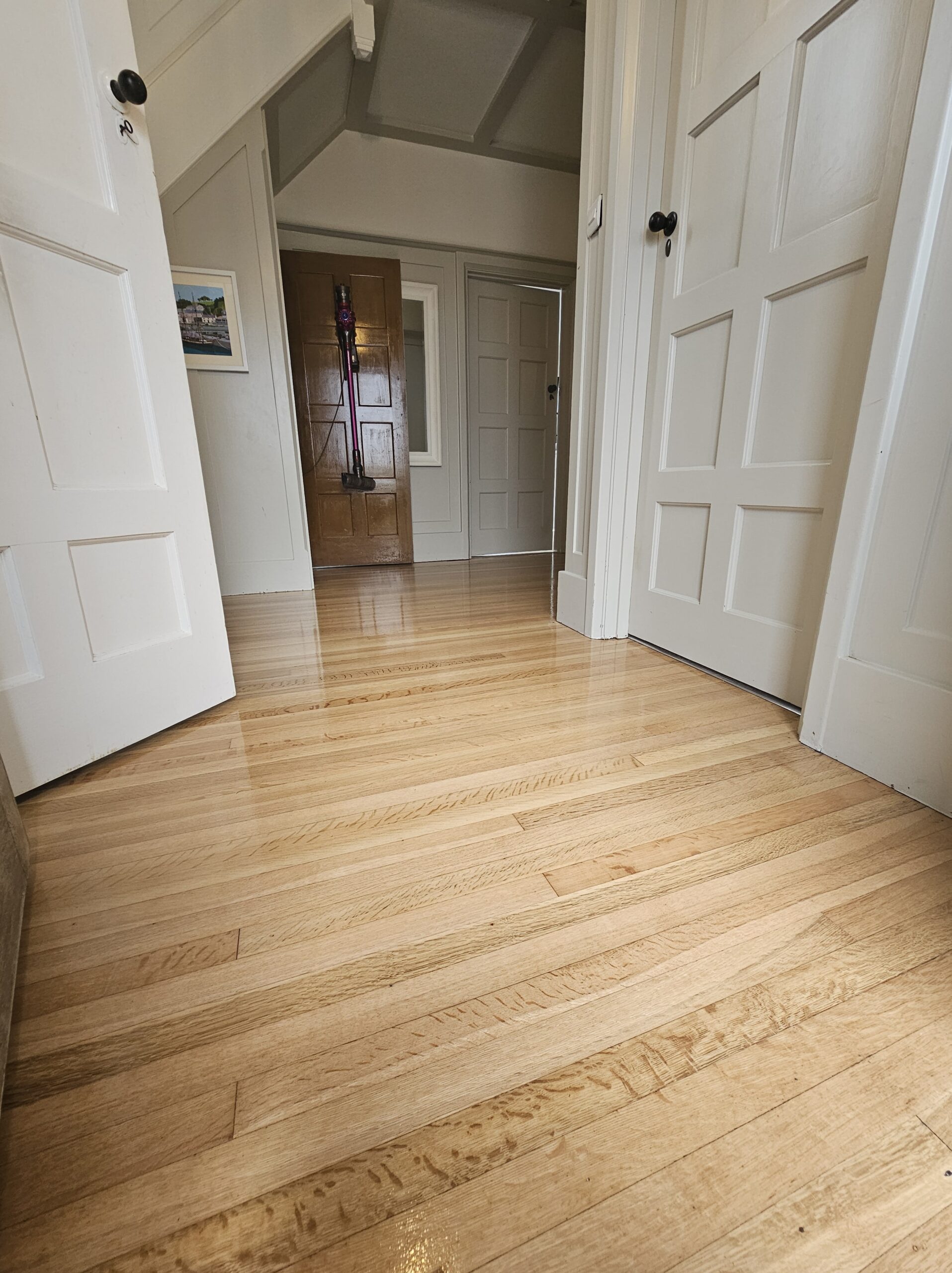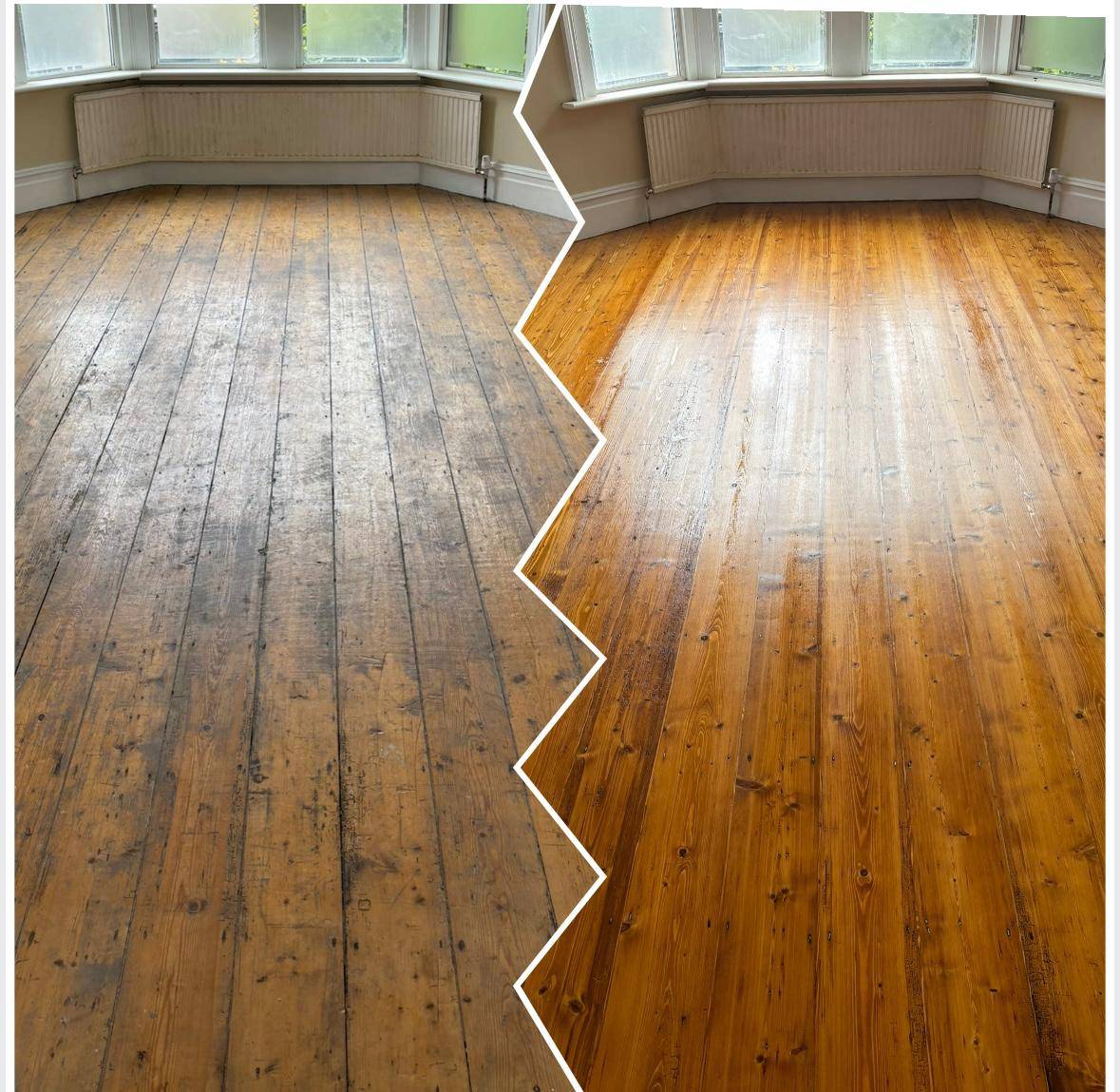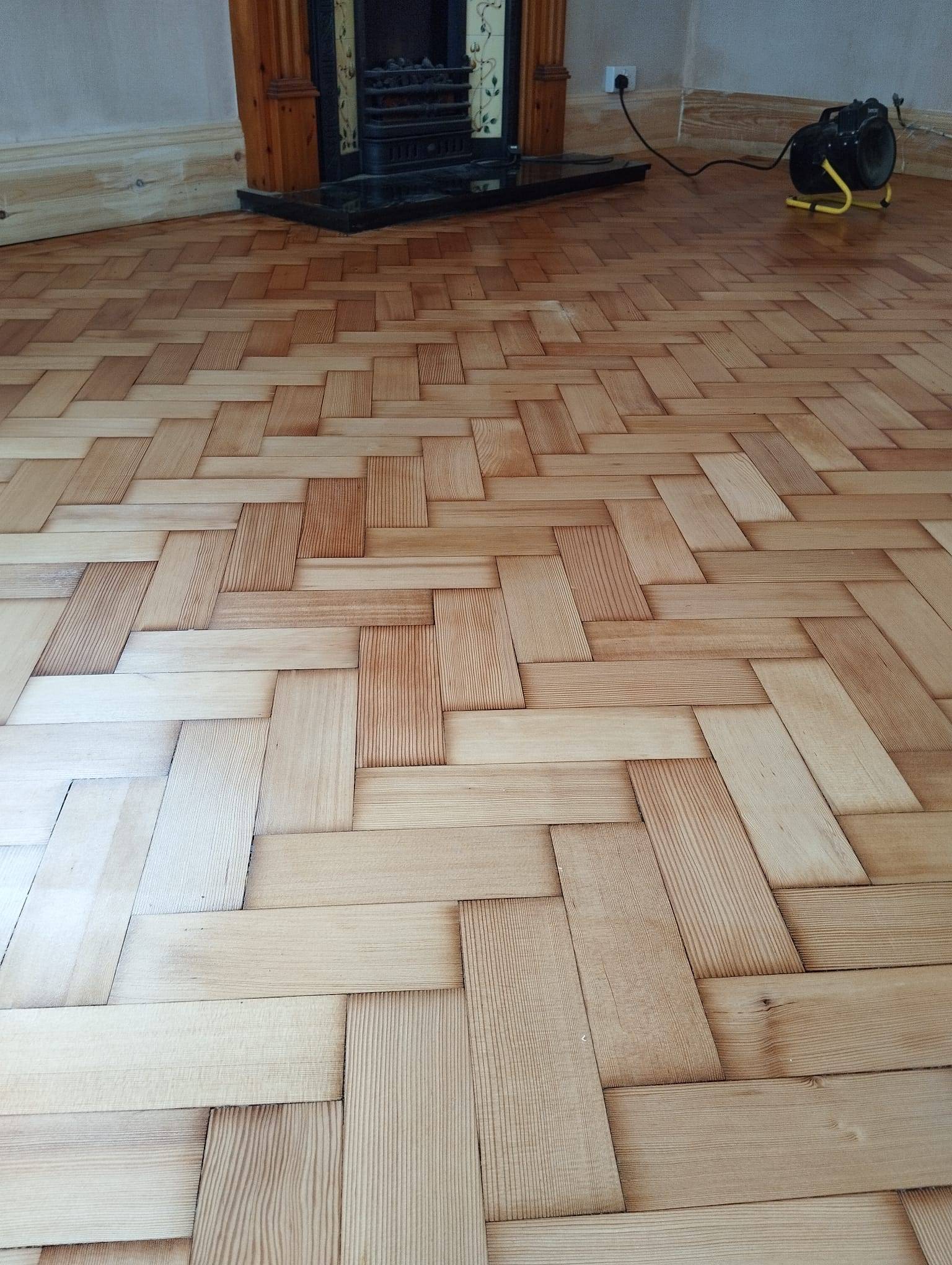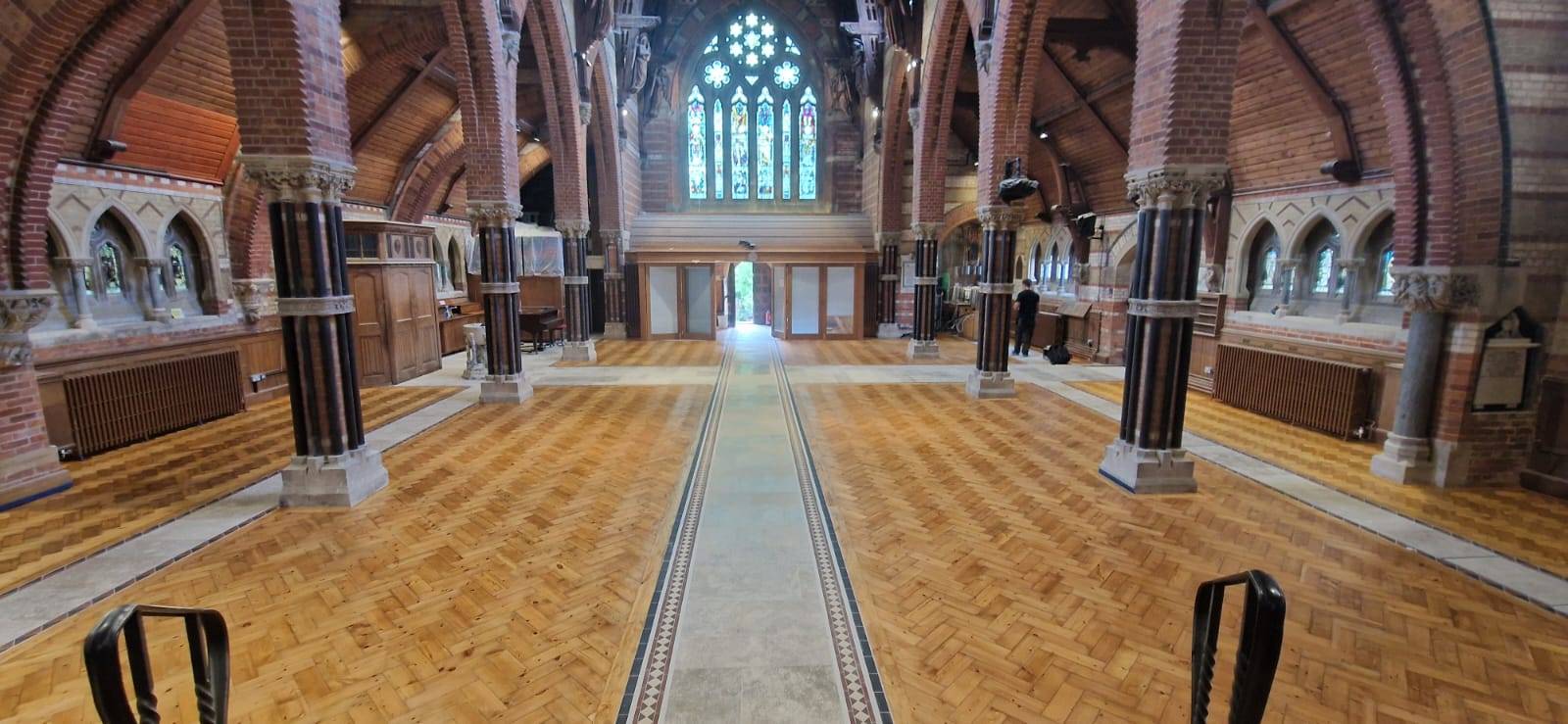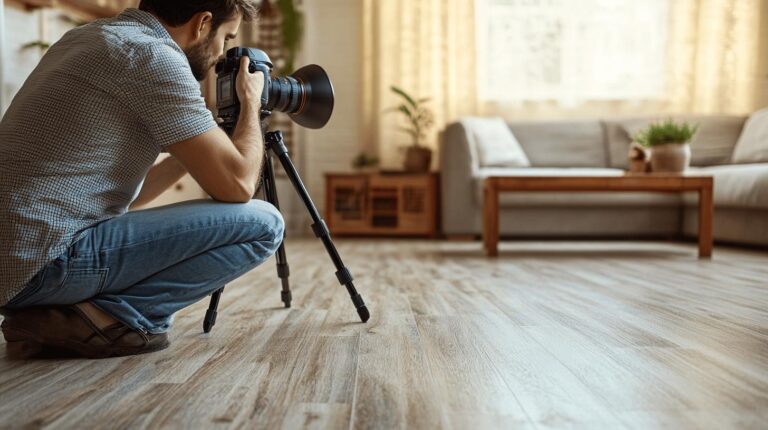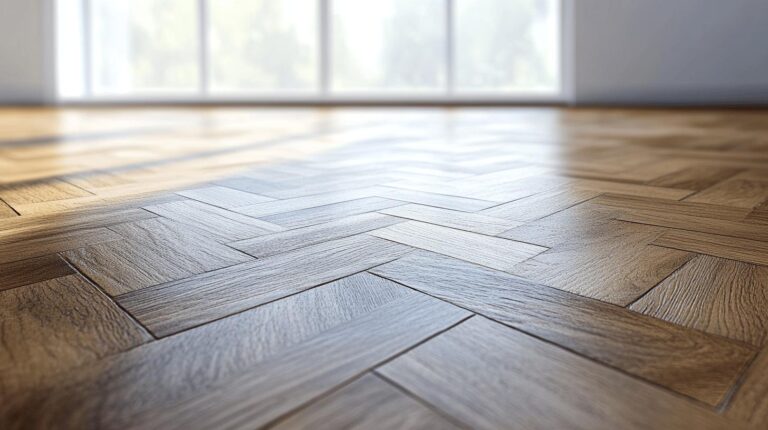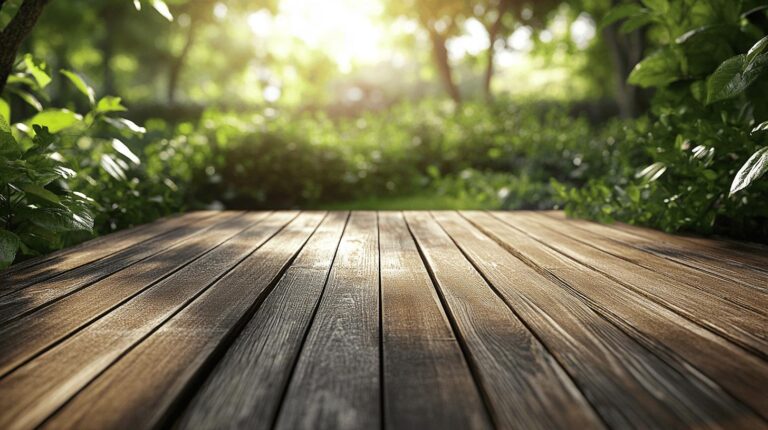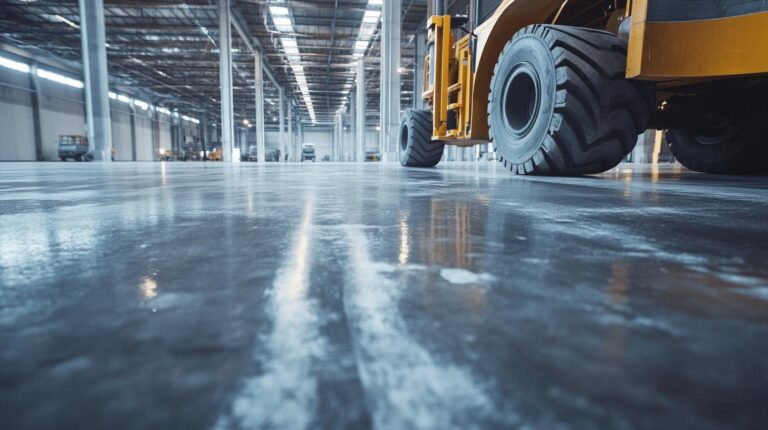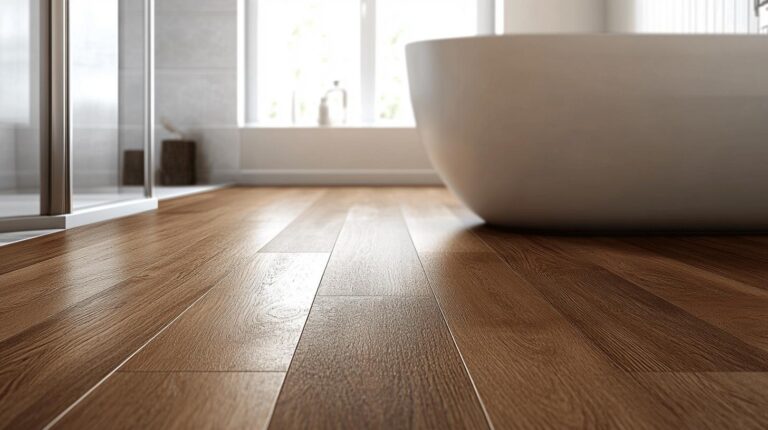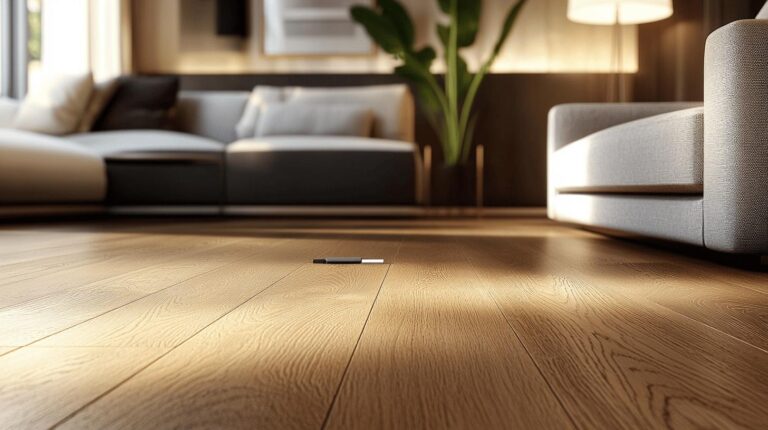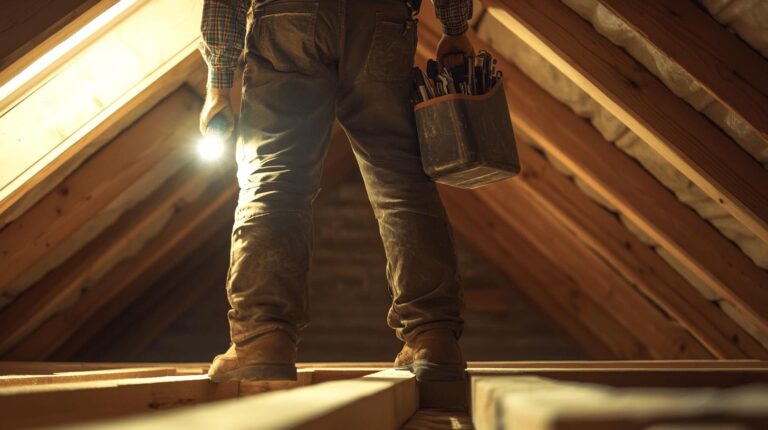Squash court floor sanding is the process of removing the top layer of the wooden surface to eliminate scratches, scuffs, dents, and surface-level damage. The floor is then refinished with a protective coating, ensuring it is safe, durable, and ready for use.
Sanding is essential to maintain the performance and safety of a squash court. Over time, the floor surface can become worn, resulting in reduced traction, uneven spots, and increased risk of injury. Sanding restores the smoothness of the floor, improves grip, and extends the lifespan of the wood by removing damage and applying a protective finish.
The frequency of sanding depends on the level of use. Courts that are heavily used, such as those in gyms or sports centres, may need sanding every 3 to 5 years. Courts with less frequent use may only need sanding every 5 to 7 years. Regular maintenance, such as buffing and refinishing, can help extend the time between sanding sessions.
Yes, sanding can remove most surface-level scratches, scuffs, and dents. For deeper damage, additional repairs may be required before sanding. Our team will assess the condition of the floor and recommend the best approach to restore it fully.
Yes, the court will need to be closed during the sanding process. However, we work closely with facility management to schedule the work during off-hours, weekends, or other times when the court is not in use, minimising disruption to regular activities.
The time required depends on the size of the court and the condition of the floors. Typically, the process takes 2 to 5 days, including sanding, cleaning, and applying the finish. Additional time is required for the finish to fully cure before the court can be used again, which may take 24 to 48 hours.
We offer a variety of finishes, including water-based and oil-based polyurethane. Water-based finishes dry quickly and have low odour, making them ideal for high-use facilities. Oil-based finishes provide a richer look but take longer to dry. Both finishes offer excellent durability and protection for squash court floors.
We recommend waiting at least 24 to 48 hours after the finish is applied before allowing players back on the court. For full use, including heavy play or equipment movement, it’s best to wait 72 hours to ensure the finish has fully cured and hardened.
At Ryans Restoration, we use dust-free sanding equipment that minimises dust during the sanding process. While some dust is inevitable, our equipment captures the majority of it, keeping the space clean and reducing the need for extensive post-sanding cleanup.
Yes, engineered wood squash court floors can be sanded, but the number of times depends on the thickness of the top veneer layer. Our team will assess the condition of your engineered wood floor and determine if sanding is suitable.
To maintain your squash court floor, regularly sweep or vacuum to remove dust and debris that can scratch the surface. For deeper cleaning, use a damp mop with a wood-safe cleaner. Avoid using excessive water. It’s also important to ensure players wear non-marking shoes to prevent scuffs and scratches.
The longevity of the finish depends on the level of use. In high-traffic courts, the finish may need to be reapplied every few years to maintain its protective qualities. Regular cleaning, buffing, and spot touch-ups can help prolong the life of the finish and keep the floor looking polished.
Sanding removes uneven surfaces and restores proper traction, improving player safety by reducing the risk of slips, falls, or injuries. A smooth, well-finished floor ensures players have the grip they need for quick movements and direction changes, critical for squash.
Sanding restores the surface of the floor, ensuring it is smooth and provides the necessary grip for athletes. Players can move more confidently, make quicker movements, and perform better when the floor is in optimal condition, enhancing the overall game experience.
Ryans Restoration offers professional squash court floor sanding services tailored to the specific demands of sports facilities. Our experienced team uses the latest equipment and high-quality finishes to ensure your floor is restored to its original beauty and functionality. We are committed to delivering exceptional results that enhance both the safety and performance of your court, all while minimising disruption to your facility’s operations.




